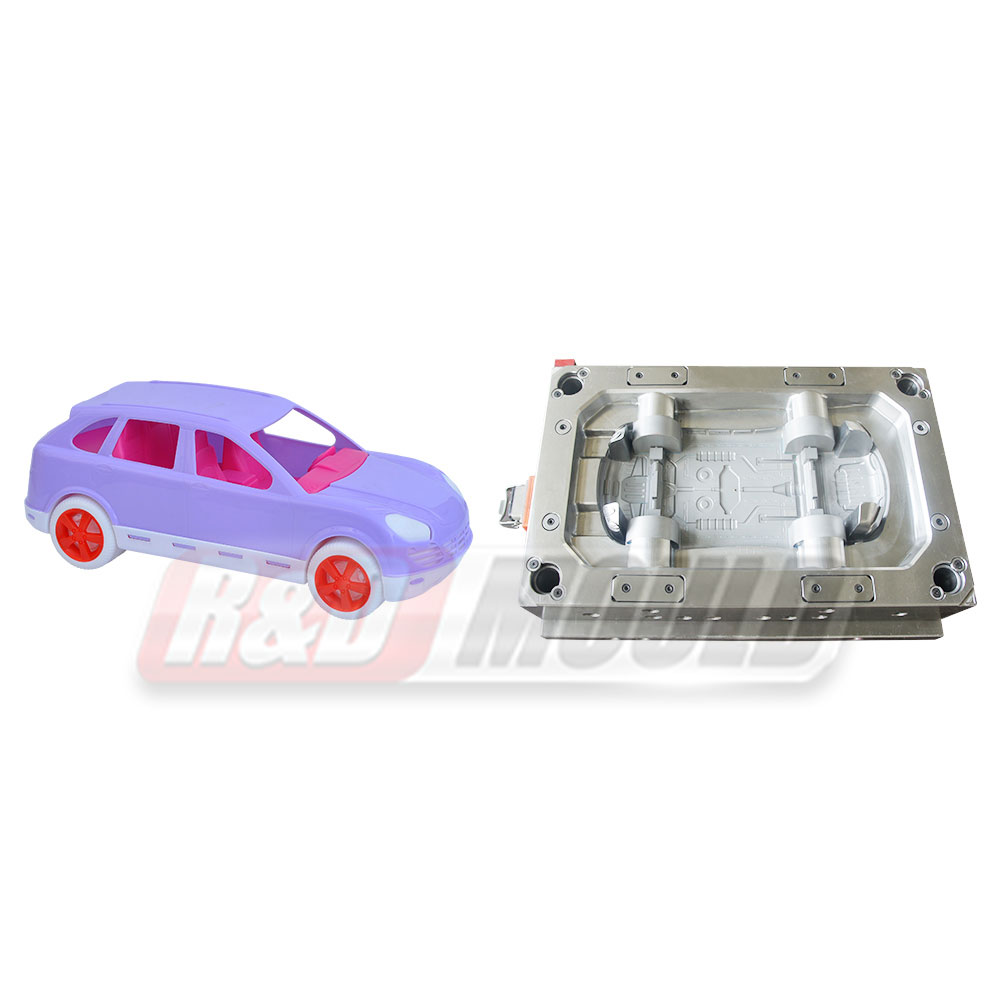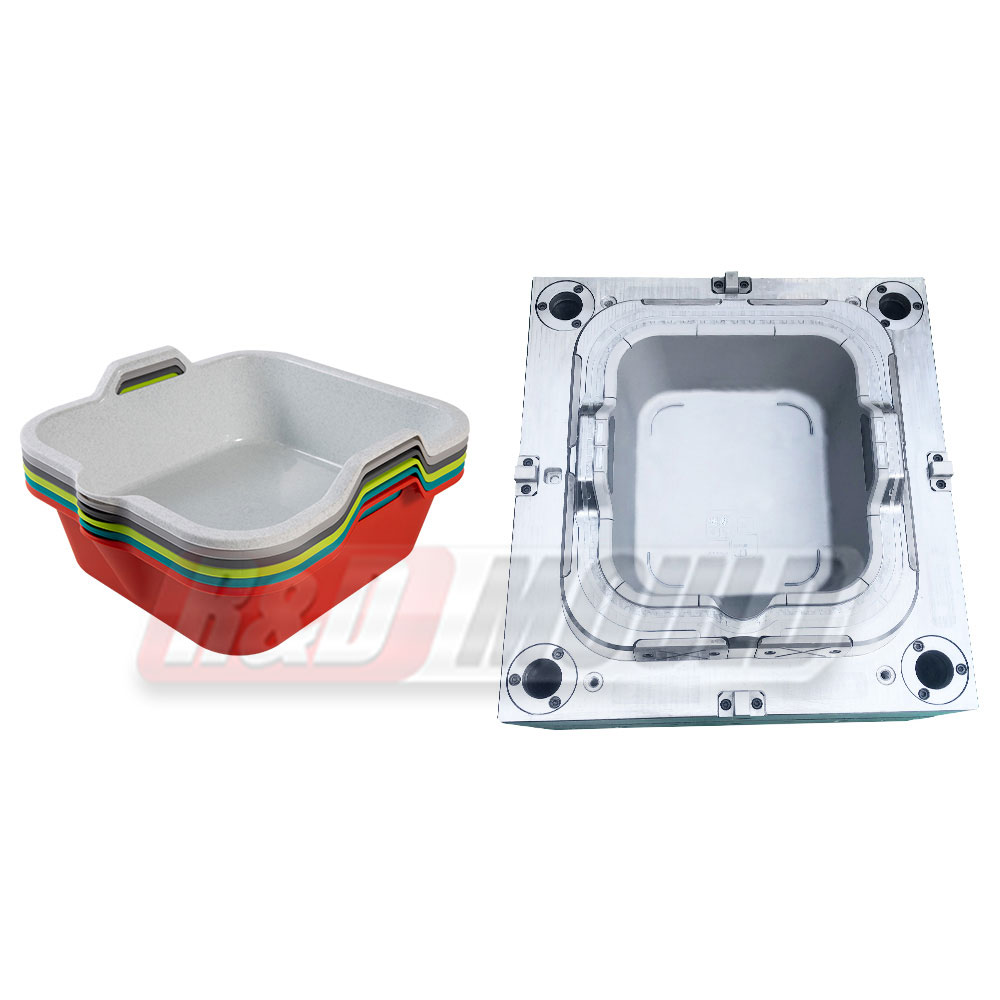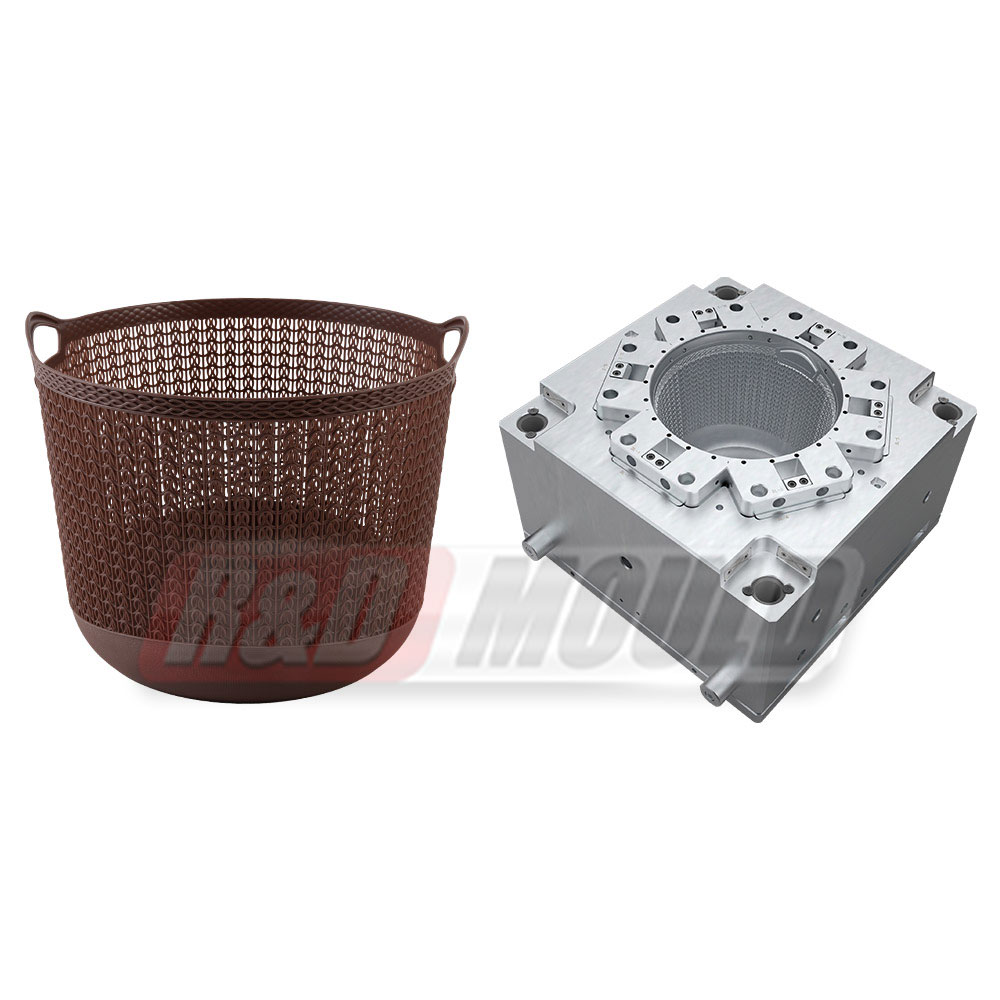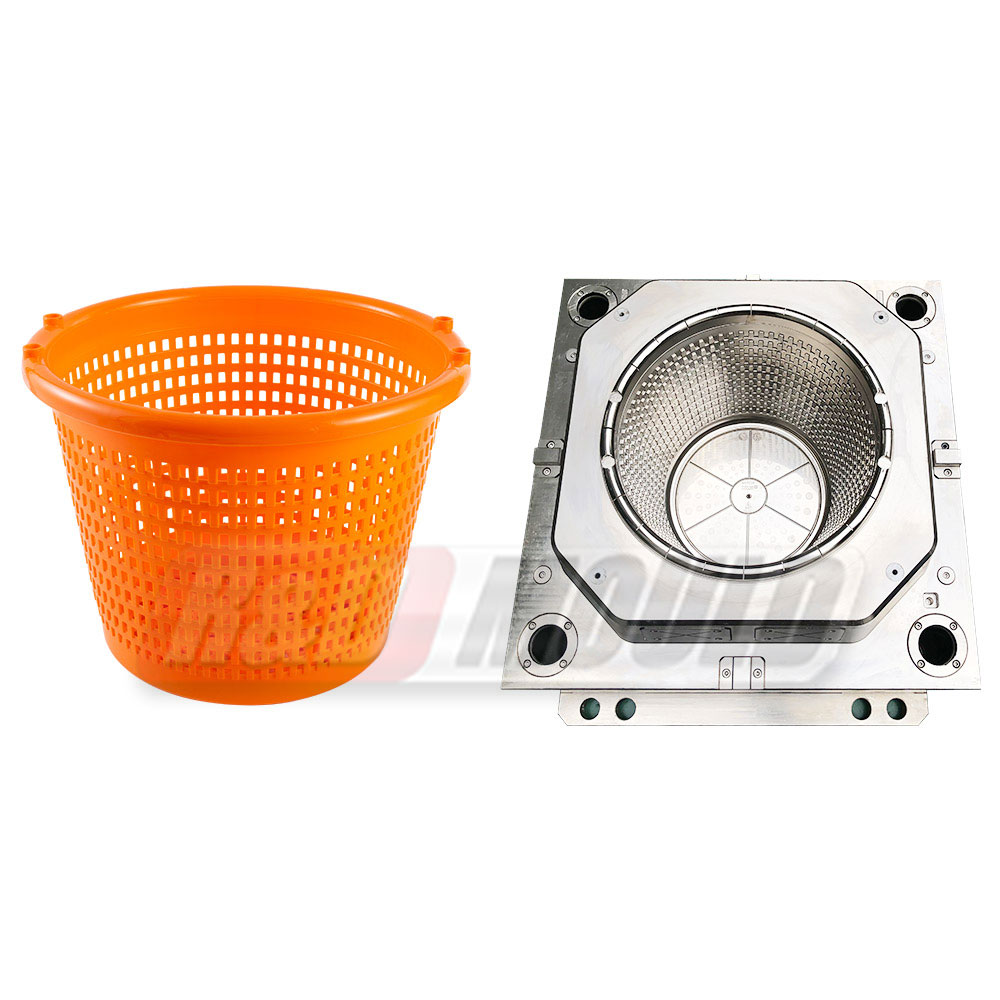When you pick up a plastic container, a bucket, or even a kitchen tool, it's easy to forget the invisible role that mould makers play behind the scenes. Household Mould Manufacturers are the quiet creators of the things that make daily life work smoothly. Their work is not just about forming plastic — it's about design precision, production efficiency, and creating items that look and feel right in your hands.
Household Mould is different from the moulds used in cars or heavy industry. While those focus on strength or precision under stress, household items are all about comfort, appearance, and repeatable quality. The production runs are large, so every detail in the mould design matters. A well—made Household Mould doesn't just shape the product — it shapes how efficiently a factory can produce thousands or even millions of identical pieces without defects.

1. The Art and Science Behind Mould Design
For experienced Household Mould Manufacturers, design is both technical and creative. They start by analysing product materials, wall thickness, and shape through mould—flow simulations. This helps locate weak spots or potential surface problems before production starts. Adjustments made at this stage save time and reduce waste later on.
Next, engineers discuss technical layouts, cooling systems, and movement parts like sliders or eject blocks. Choosing the right steel and standard components can greatly influence how long a mould lasts and how consistent the final products look. The goal is to achieve balance — fast production, stable performance, and a smooth product surface.
2. Technology Meets Craftsmanship in Manufacturing
Once the design is ready, the real craftsmanship begins. Household Mould Manufacturers rely on great equipment, such as deep drilling and high—speed CNC machines, to create precise details. These machines make sure each part fits within tight tolerances. But technology alone isn't enough — skilled polishing still plays a big role. A carefully polished mould surface gives products their shine and smooth feel, which matters a lot when those items end up in people's homes.
For moulds used in large—volume production, features like copper graphite guide sleeves and solid guidance systems are essential. They help prevent eccentric wear, keeping the mould aligned and ensuring that every product comes out consistent, even after months of nonstop use.
.jpg)
3. Testing for Real—World Performance
Before a Household Mould goes into full production, it undergoes hours of continuous testing. This step helps confirm that the cooling system works evenly, that no part sticks or deforms, and that the mould can handle long production cycles without losing precision. In the end, this testing reflects a manufacturer's understanding of how the mould will behave on the factory floor — not just on a computer screen.
4. The Bigger Picture — Why It Matters
Reliable Household Mould Manufacturers do more than build tools; they help brands maintain product quality and visual appeal. Every well—made household item that feels balanced in your hand or stacks neatly on a shelf starts from thoughtful mould engineering. The smoother the production process, the more stable the output, and the fewer defects end up in the waste bin.
Behind the familiar look of daily—use products lies a quiet partnership between design logic and mechanical craftsmanship. That's what makes Household Mould an essential part of modern living — and what keeps manufacturers constantly improving how they design, machine, and polish their work.





 English
English عربى
عربى Español
Español Français
Français








